
When the cold wind blows fiercely, snowflakes are falling, and the earth is wrapped in silver, winter quietly arrives. Winter is the coldest season of the year and also the time when the yang qi of the human body is at its weakest. In this season, people are prone to being invaded by the cold pathogen, suffering from symptoms such as cold hands and feet, fear of cold, and joint pain. And moxibustion, as a traditional Chinese medical therapy, has the effects of warming and unblocking the meridians, dispelling cold and relieving pain, strengthening the healthy qi and expelling pathogenic factors. It can bring us warmth and health in winter.
Ⅰ、The characteristics of winter and the changes in the human body
In winter, the climate is cold. All things in nature wither, the yang qi withdraws inward, and the yin qi reaches its peak. The human body will also make corresponding adjustments with the change of seasons. In winter, the yang qi of the human body is stored internally in the zang-fu organs, and the yang qi on the body surface is relatively insufficient, so people are prone to feeling cold. At the same time, the metabolism of the human body slows down in winter, and the blood circulation is not smooth, which is likely to lead to the stagnation of qi and blood and trigger various diseases.
Ⅱ、The Benefits of Moxibustion in Winter
Warm Yang and dispel Cold
In winter, when cold pathogenic factors are prevalent, moxibustion can stimulate the body with warmth to invigorate the body’s yang energy and dispel the cold within. Moxibustion on acupoints such as Guanyuan, Qihai, and Mingmen can warm and tonify kidney yang, enhancing the body’s resistance to cold. Moxibustion on acupoints like Zusanli and Yongquan can warm the lower limbs and alleviate the symptoms of cold hands and feet.
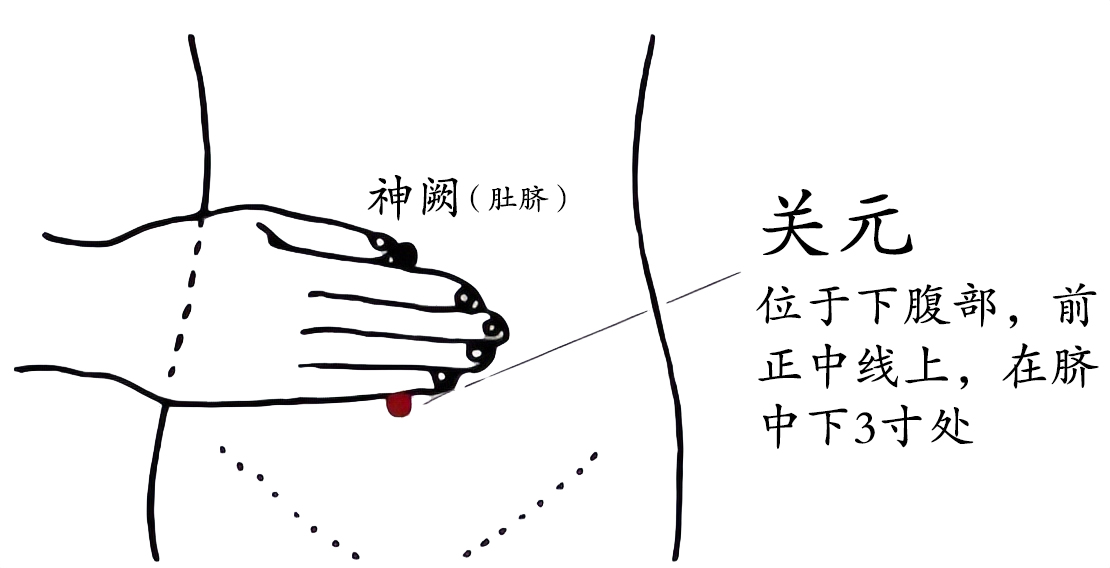
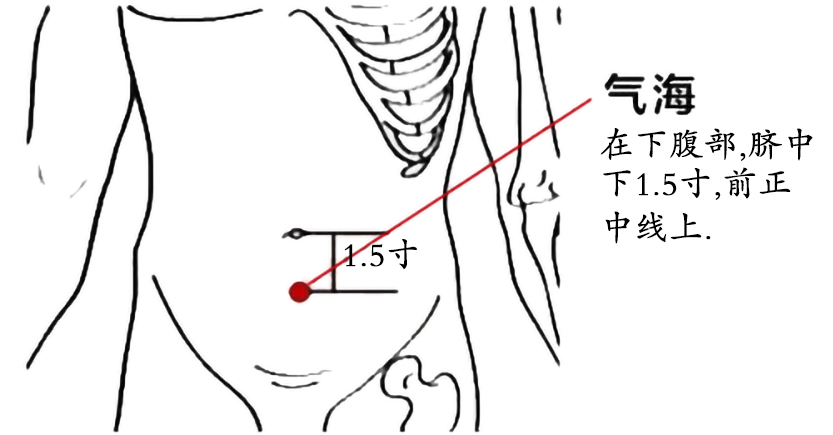
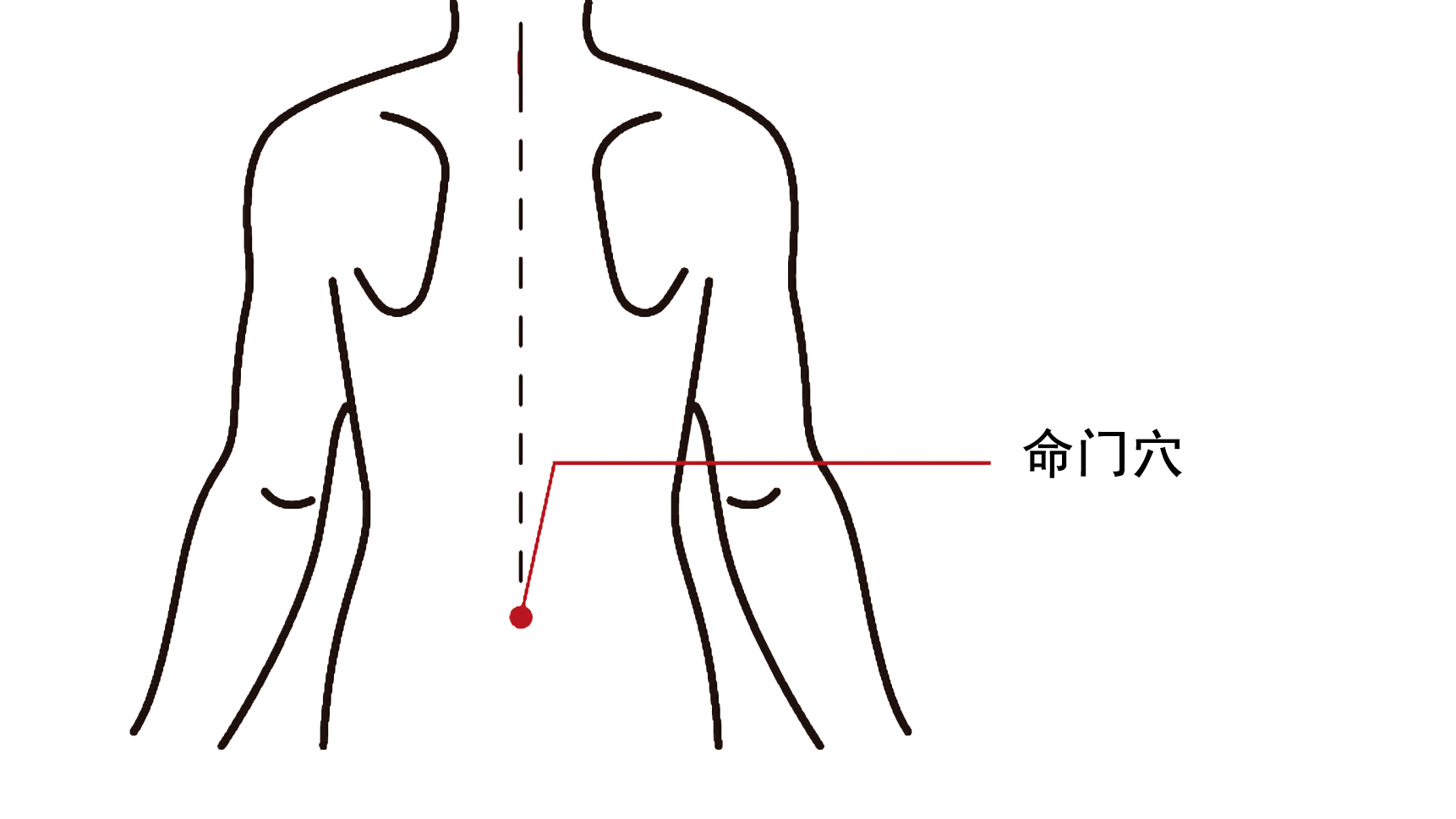
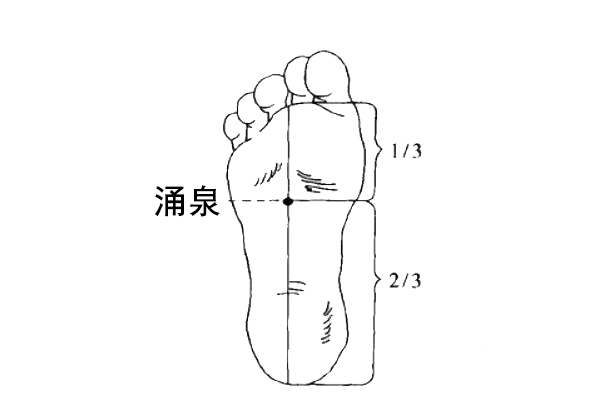
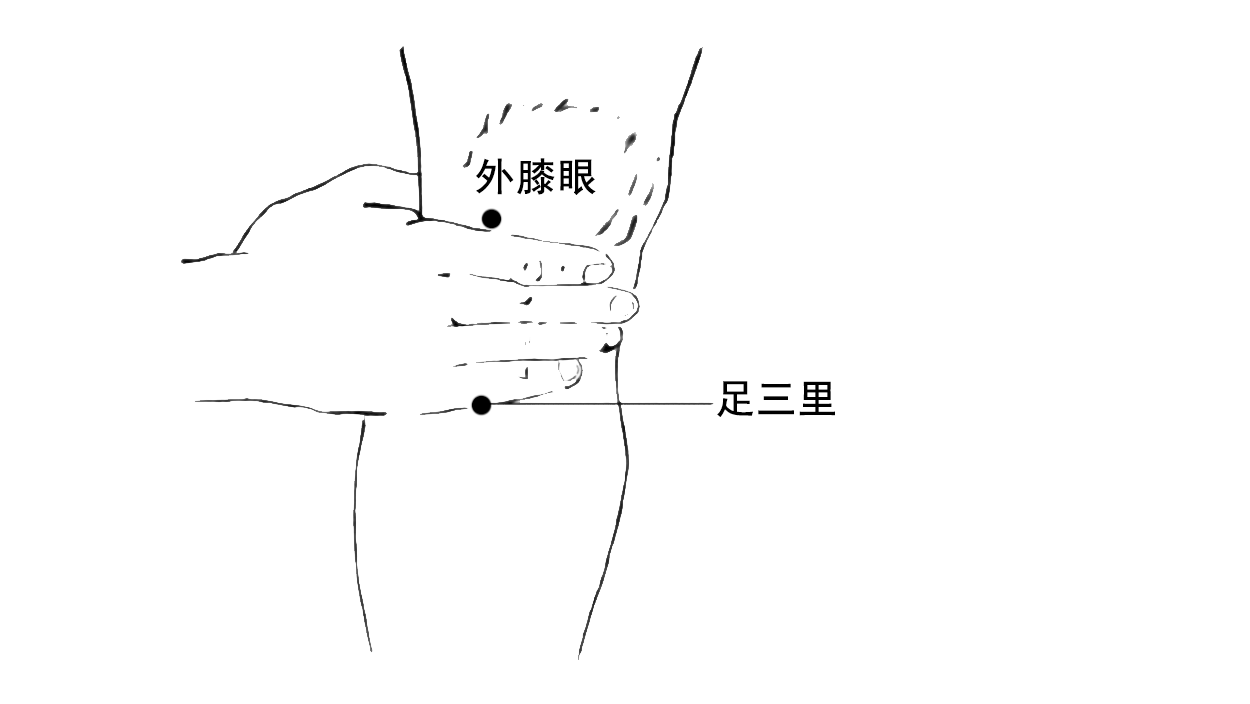
Dredge the meridians and promote the flow of qi and blood
In winter, due to the low temperature, the blood circulation of the human body is not smooth, and the situation of meridian blockage is likely to occur. Moxibustion can promote the circulation of qi and blood, unblock the meridians, and relieve symptoms such as joint pain and muscle soreness. Moxibustion at Ashi points (painful areas), Jianjing (GB 21), Weizhong (BL 40) and other acupoints can effectively relieve the pain in the neck, shoulders, waist and legs caused by exposure to cold.
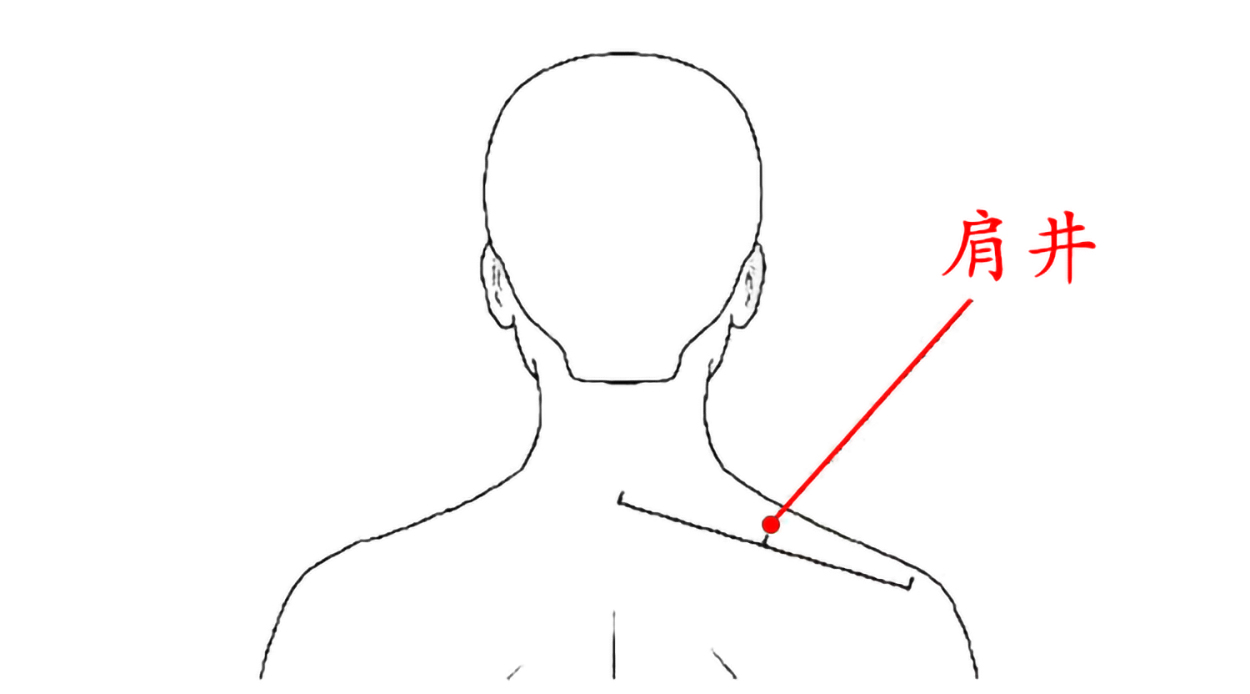
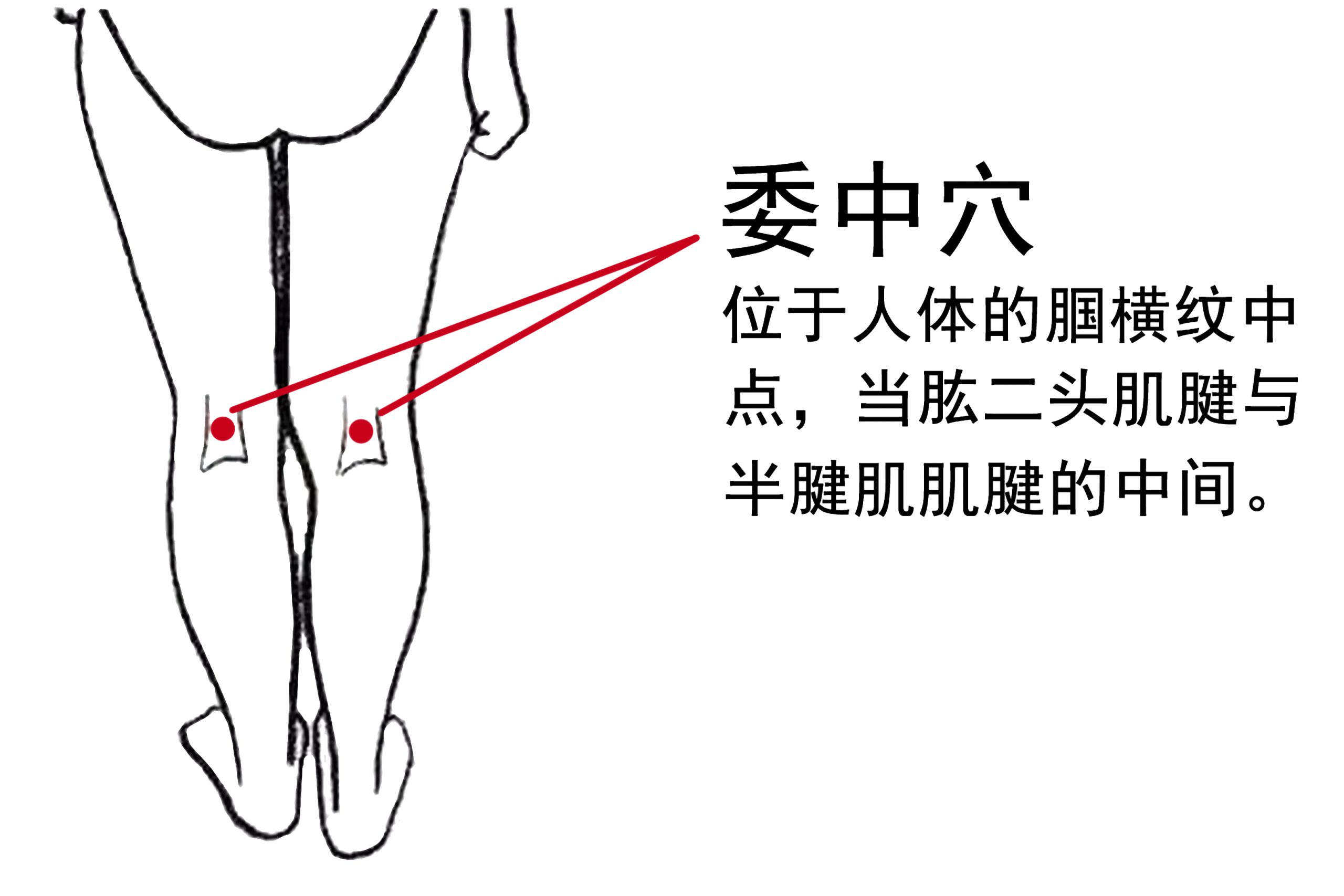
Strengthen the healthy qi and expel pathogenic factors
In winter, the human body’s immunity is relatively weak, making it prone to being invaded by viruses and bacteria and getting sick. Moxibustion can regulate the human immune system, enhance the body’s disease resistance, and prevent the occurrence of diseases such as colds, coughs, and asthma. Moxibustion at acupoints such as Dazhui (GV 14), Feishu (BL 13), and Fengmen (BL 12) can disperse the lung qi and relieve the exterior syndrome, improving the resistance of the respiratory tract.
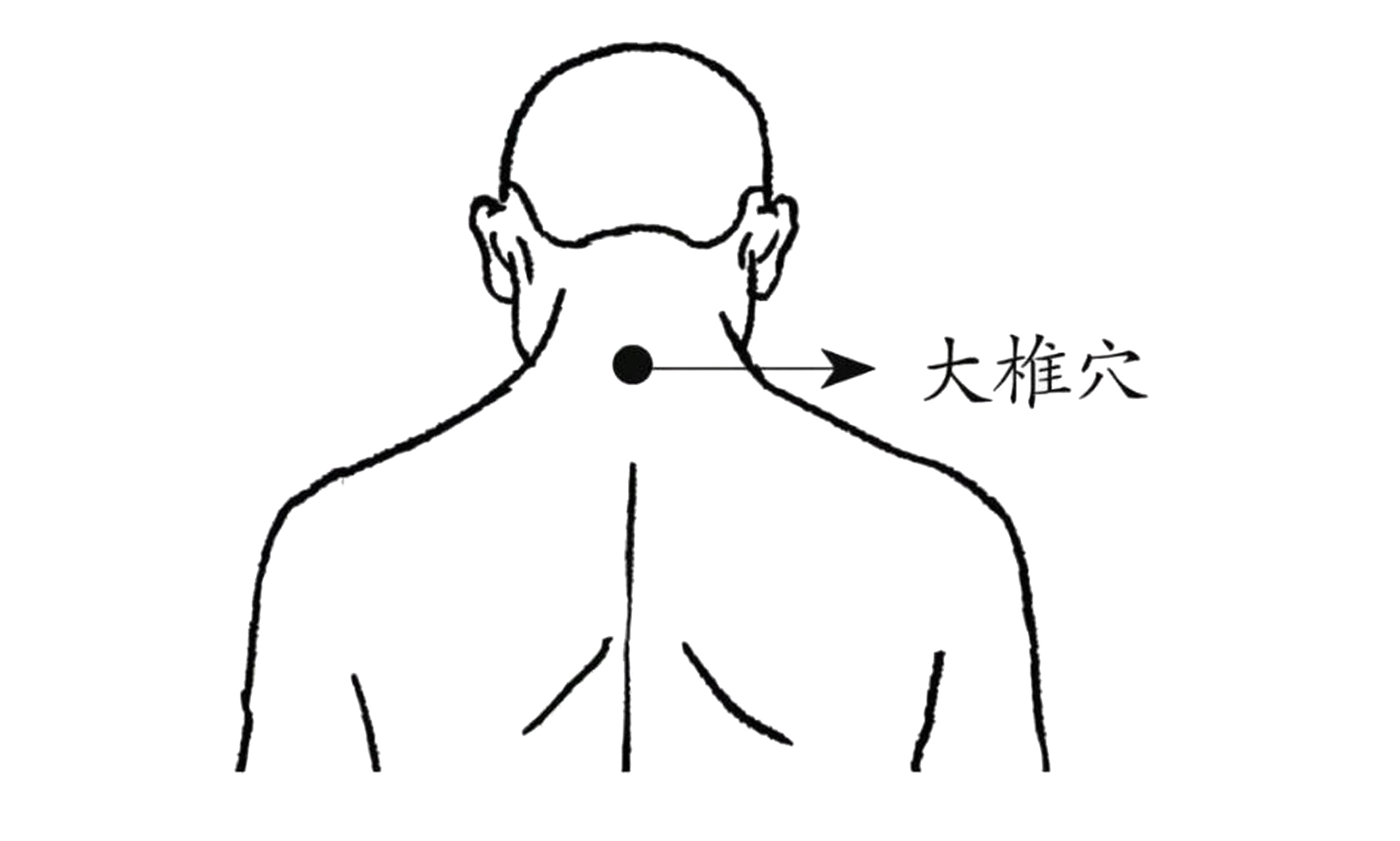
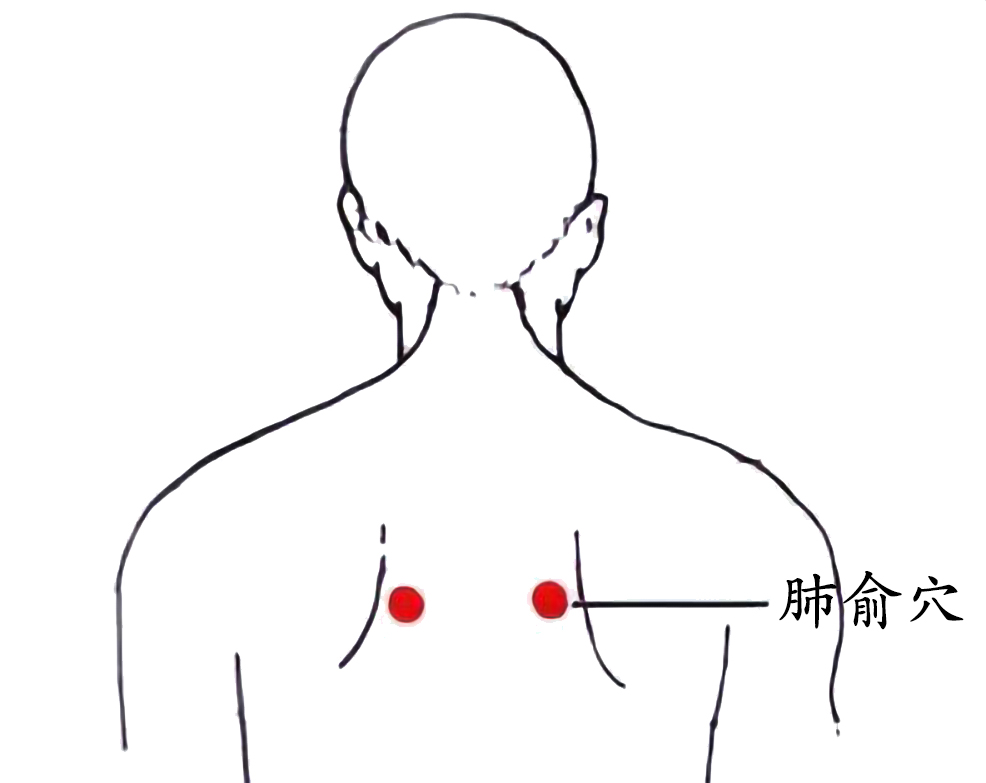
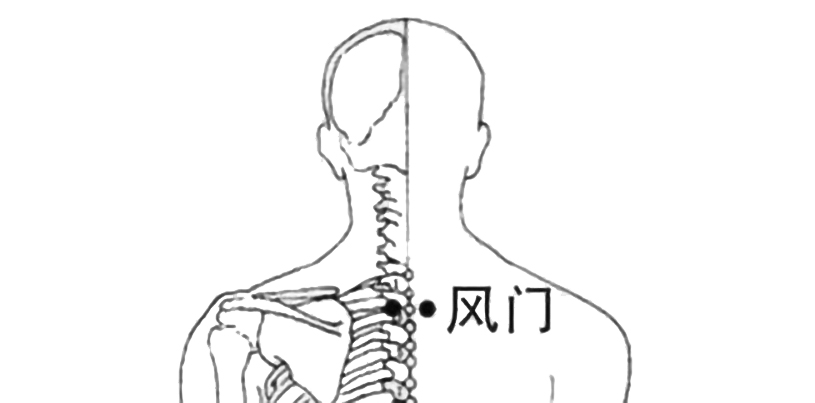
Health preservation and care
Winter is an important season for health preservation, and moxibustion can play a role in maintaining health. Moxibustion at acupoints such as Shenque (CV 8), Zhongwan (CV 12), and Pishu (BL 20) can strengthen the spleen and benefit the stomach, promote digestion and absorption, and enhance physical fitness. Moxibustion at acupoints such as Sanyinjiao (SP 6) and Taixi (KI 3) can nourish yin and tonify the kidney, regulate the endocrine system, and delay the aging process.
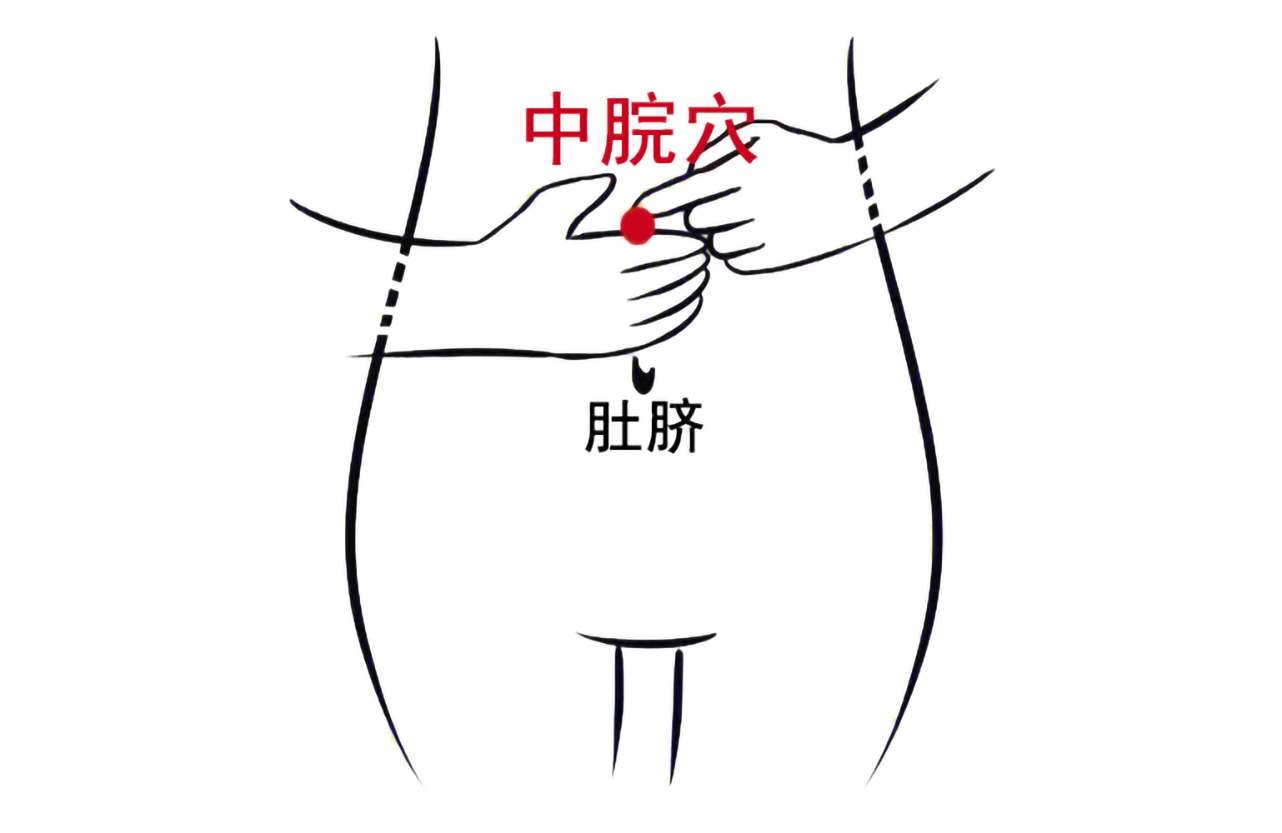

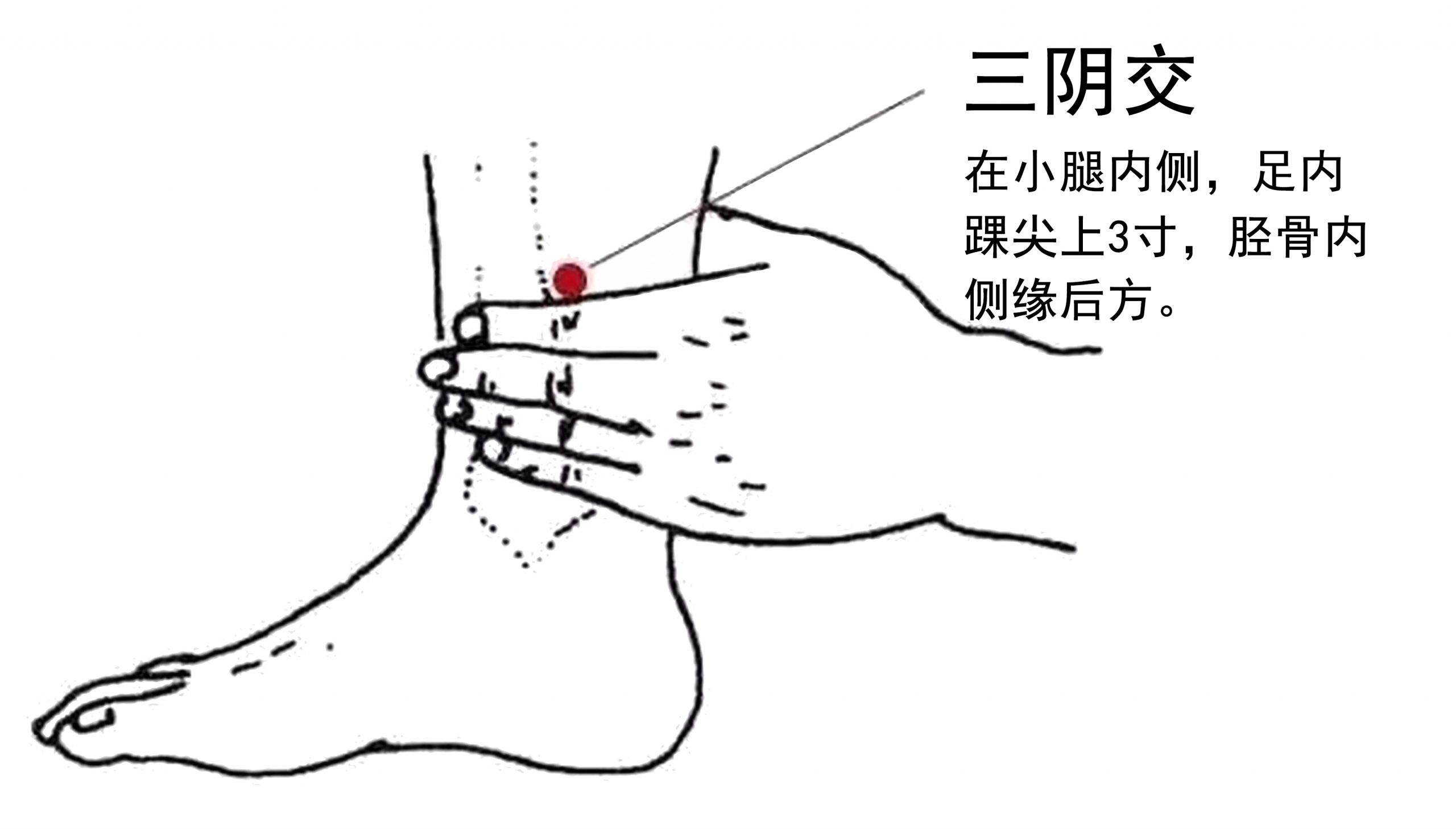
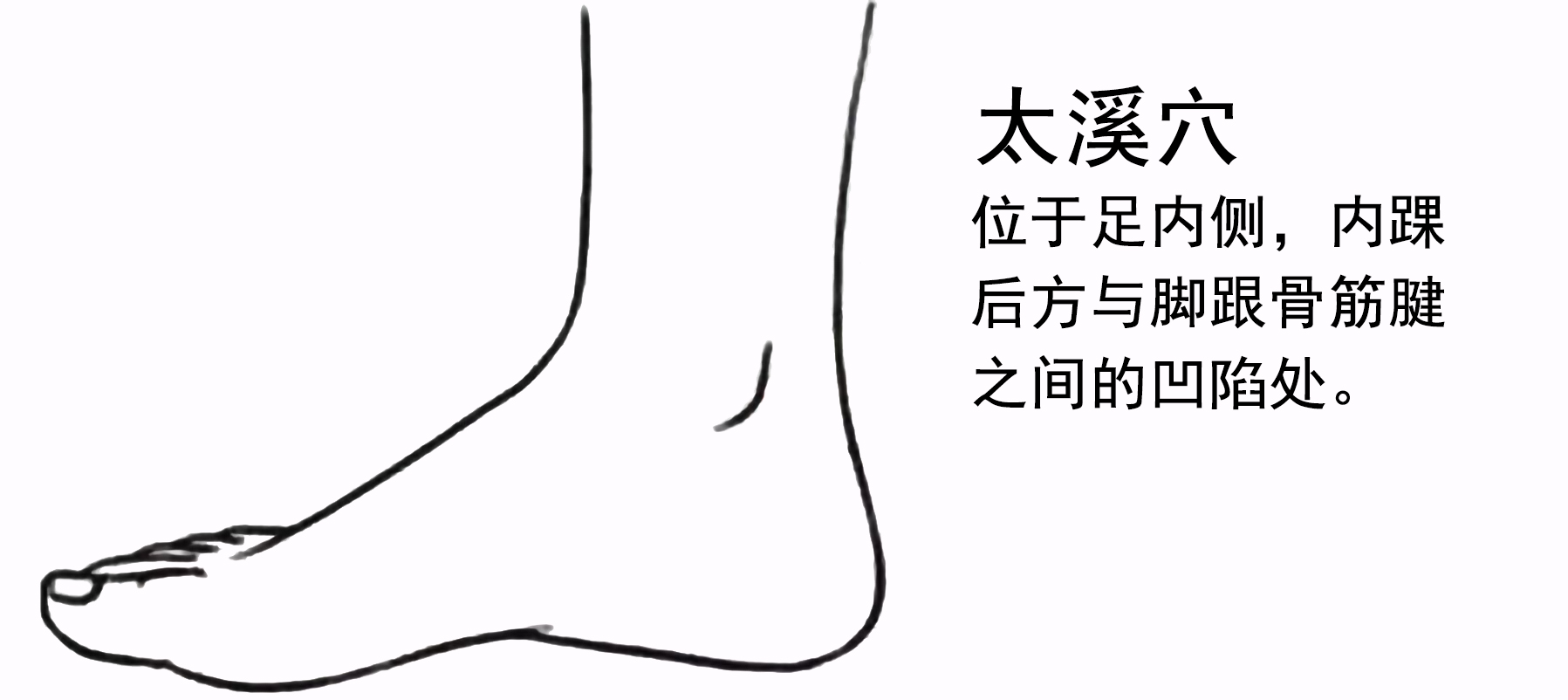
Ⅲ、Precautions for Moxibustion in Winter
Pay attention to keeping warm
When doing moxibustion in winter, it is necessary to pay attention to keeping warm and avoid getting cold. After moxibustion, the pores of the human body are open, making it easy to be invaded by the cold pathogen. Therefore, you should put on clothes in a timely manner and avoid being exposed to the wind. At the same time, the room where moxibustion is carried out should be kept warm to prevent the temperature from being too low.
Choose an appropriate time
It is best to perform moxibustion in winter during the daytime, especially in the morning. This is because the yang qi of the human body is vigorous during the daytime, and the effect of moxibustion is better. In the evening, the yang qi of the human body withdraws inward, and it is not advisable to carry out moxibustion, so as not to disturb the yang qi and affect sleep.
Control the temperature and duration of moxibustion
In winter, the skin is dry and its sensitivity to temperature decreases. Therefore, it is necessary to pay attention to controlling the temperature of moxibustion to avoid scalding the skin. Generally speaking, the temperature of moxibustion should be such that the skin feels warm and comfortable, and it should not be too high. At the same time, the duration of moxibustion in winter can be appropriately extended, but it should not be too long either. Generally, each moxibustion session is preferably 30 to 60 minutes.
Vary from person to person
When performing moxibustion in winter, it is necessary to make choices according to individual constitutions and medical conditions. For people with weak constitutions and insufficient yang qi, the frequency and duration of moxibustion can be appropriately increased. For those with yin deficiency and excessive fire, or hot constitutions, the frequency and duration of moxibustion should be reduced to avoid aggravating the symptoms. At the same time, special groups such as pregnant women, patients with hypertension, and patients with heart disease are advised to consult a doctor before undergoing moxibustion.
Ⅳ、Common Acupoints and Methods of Moxibustion in Winter
Guanyuan point(CV4)
Location: It is located in the lower abdomen, on the anterior median line, 3 cun below the umbilicus.
Method: Light an moxa stick and aim it at the Guanyuan point for moxibustion, keeping a distance of 2-3 centimeters from the skin. It is advisable that there is a warm sensation at the local area without a burning pain. Each moxibustion session lasts for 30 to 60 minutes, and it can be carried out 2 to 3 times a week.
Qihai point (CV6)
Location: It is located in the lower abdomen, on the anterior median line, 1.5 cun below the umbilicus.
Method: Use a moxa stick for mild moxibustion on the Qihai point. Each moxibustion session lasts for 30 to 60 minutes, and it can be carried out 2 to 3 times a week. You can also use a moxibustion box for moxibustion. Place the moxibustion box on the Qihai point, put the lit moxa stick into the moxibustion box, and perform warm moxibustion.
Mingmen point (GV4)
Location: It is located on the waist, on the posterior median line, in the depression below the spinous process of the second lumbar vertebra.
Method: For moxibustion on the Mingmen point, mild moxibustion or moxibustion separated by ginger can be adopted. When performing mild moxibustion, aim the moxa stick at the Mingmen point, keeping a distance of 2-3 centimeters from the skin. Each moxibustion session lasts for 30 to 60 minutes, and it can be carried out 2 to 3 times a week. When performing moxibustion separated by ginger, cut fresh ginger into thin slices with a diameter of about 3 centimeters and a thickness of about 0.3 centimeters. Puncture several small holes in the middle of the slice. Then place the ginger slice on the Mingmen point, put a moxa cone on the ginger slice and light it for moxibustion. Each moxibustion session uses 3 to 5 moxa cones, and it can be carried out 1 to 2 times a week.
In general, moxibustion in winter is an excellent way of health preservation. Through moxibustion, we can warm our body and mind, resist the severe cold, and prevent diseases, enabling us to maintain health and vitality during this cold season. However, when performing moxibustion, it is necessary to pay attention to selecting appropriate acupoints and methods, and follow the precautions to ensure the safety and effectiveness of moxibustion.



